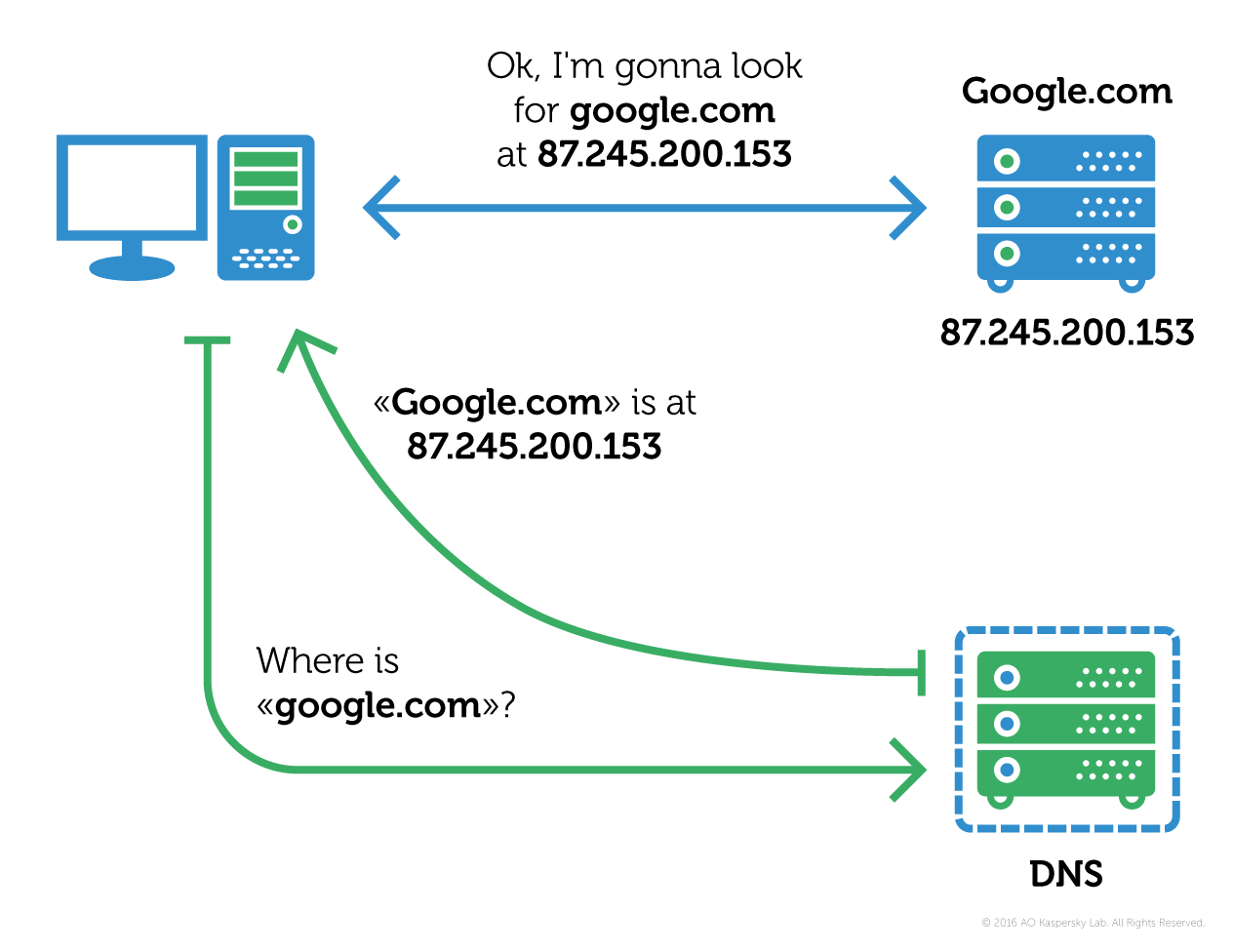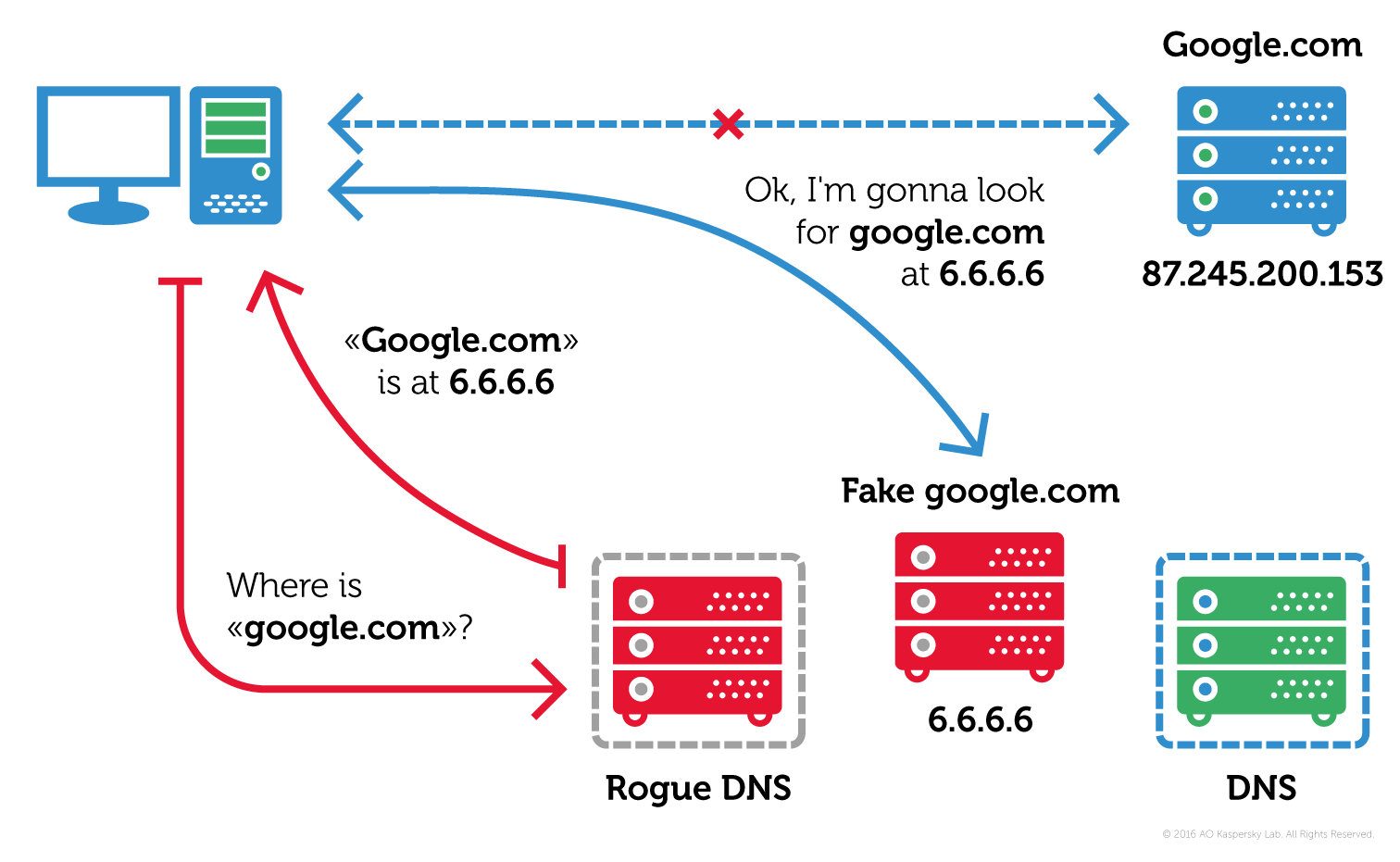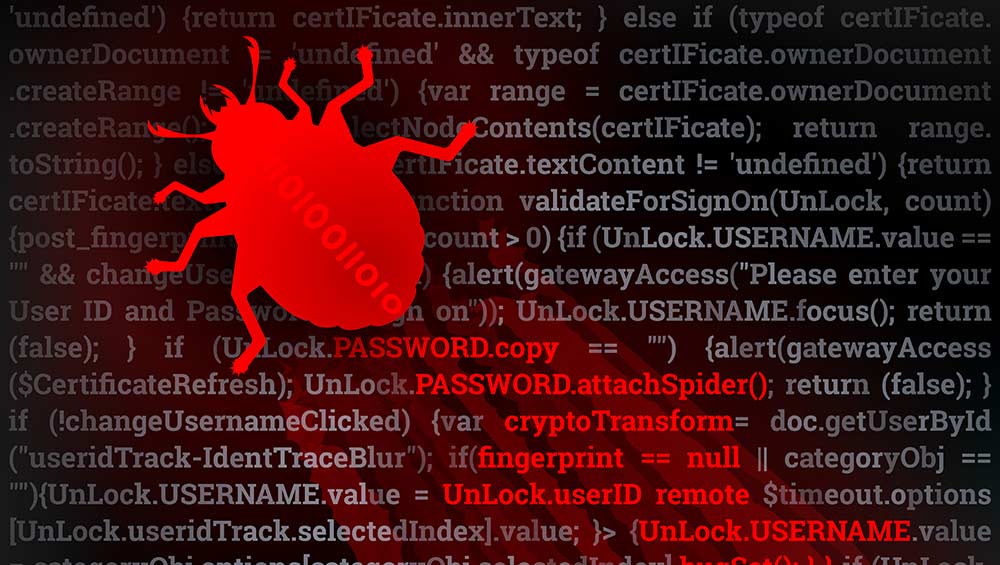Wi-Fi hijacker Trojan masquerades as Android apps
Switcher Trojan can hack your router's DNS requests

A Trojan posing as a number of Android apps has been discovered in the wild, capable of hacking Wi-Fi routers and hijacking DNS requests, according to security firm Kaspersky.
Disguised as legitimate Android apps, the Switcher Trojan is able to trick users into submitting personal details by displaying fake webpages masquerading as regular sites.
This new technique involves intercepting daily internet navigation requests by targeting vulnerable Wi-Fi routers, instead of hacking a device directly.
Once a malicious app is downloaded to a device, the Trojan can redirect users to malicious websites by intervening in the process of typing a website's domain name, and the domain name server returning the actual address.
Kaspersky explains: "When you enter google.com, the respective DNS server returns the IP address 87.245.200.153 that is where you are effectively being directed. The thing is, malefactors can create their own DNS server that returns another IP address (say, 6.6.6.6) in response to your "google.com" request, and that address might host a malicious website. This method is called DNS hijacking."
Here's how a normal DNS request would work:

And this is what a DNS request looks like after a Switcher hijack:
Get the ITPro daily newsletter
Sign up today and you will receive a free copy of our Future Focus 2025 report - the leading guidance on AI, cybersecurity and other IT challenges as per 700+ senior executives

So how does it get onto your device in the first place? Switcher's developers created a couple of Android apps, one of which imitates Chinese web search app Baidu, while another pretends to be a public Wi-Fi password search app; both are popular in China.
Anybody downloading these apps installs the Switcher Trojan, which then confirms its installation to a command and control server, before brute forcing the victim's Wi-Fi router.
Gaining access to a router allows the Trojan to change the default DNS settings to a malicious address, meaning users searching for Google will instead be directed to a rogue site.
As a final flourish, a legitimate secondary default DNS address is set so that if the rogue server goes down, users will have no idea that any settings were changed.
Kaspersky security experts were able to access Switcher Trojan statistics, which were accidently left open on a public section of the server website. If correct, the Trojan has infected 1,280 networks in less than four months, granting snoopers access to all user traffic and any details entered into malicious websites.
The security firm recommends that, as always, changing the default settings of routers is the most reliable way of preventing these kinds of attacks. Default credentials supplied with every network router are often left unchanged by the user, something that has been exploited by hackers creating IoT botnets for massive DDoS attacks in 2016.
Kaspersky has also warned users to stay clear of suspicious apps on mobile devices and install reputable antivirus software for added protection.
Pictures courtesy of Kaspersky Lab
Dale Walker is a contributor specializing in cybersecurity, data protection, and IT regulations. He was the former managing editor at ITPro, as well as its sibling sites CloudPro and ChannelPro. He spent a number of years reporting for ITPro from numerous domestic and international events, including IBM, Red Hat, Google, and has been a regular reporter for Microsoft's various yearly showcases, including Ignite.
-
 The Race Is On for Higher Ed to Adapt: Equity in Hyflex Learning
The Race Is On for Higher Ed to Adapt: Equity in Hyflex LearningBy ITPro
-
 Google faces 'first of its kind' class action for search ads overcharging in UK
Google faces 'first of its kind' class action for search ads overcharging in UKNews Google faces a "first of its kind" £5 billion lawsuit in the UK over accusations it has a monopoly in digital advertising that allows it to overcharge customers.
By Nicole Kobie
-
 CronRat Magecart malware uses 31st February date to remain undetected
CronRat Magecart malware uses 31st February date to remain undetectedNews The malware allows for server-side payment skimming that bypasses browser security
By Rene Millman
-
 Mekotio trojan continues to spread despite its operators’ arrests
Mekotio trojan continues to spread despite its operators’ arrestsNews Hackers have used it in 100 more attacks since arrests
By Rene Millman
-
 “Trojan Source” hides flaws in source code from humans
“Trojan Source” hides flaws in source code from humansNews Organizations urged to take action to combat the new threat that could result in SolarWinds-style attacks
By Rene Millman
-
 What is Emotet?
What is Emotet?In-depth A deep dive into one of the most infamous and prolific strains of malware
By Praharsha Anand
-
 Fake AnyDesk Google ads deliver malware
Fake AnyDesk Google ads deliver malwareNews Malware pushed through Google search results
By Rene Millman
-
 Hackers use open source Microsoft dev platform to deliver trojans
Hackers use open source Microsoft dev platform to deliver trojansNews Microsoft's Build Engine is being used to deploy Remcos password-stealing malware
By Rene Millman
-
 Android users told to be on high alert after Cerberus banking Trojan leaks to the dark web
Android users told to be on high alert after Cerberus banking Trojan leaks to the dark webNews The source code for the authenticator-breaking malware is available for free on underground forums
By Sabina Weston
-
 Qbot malware surges into the top-ten most common business threats
Qbot malware surges into the top-ten most common business threatsNews An evolved form of the banking Trojan was distributed by number one-ranking Emotet in a campaign that hit 5% of businesses globally
By Keumars Afifi-Sabet